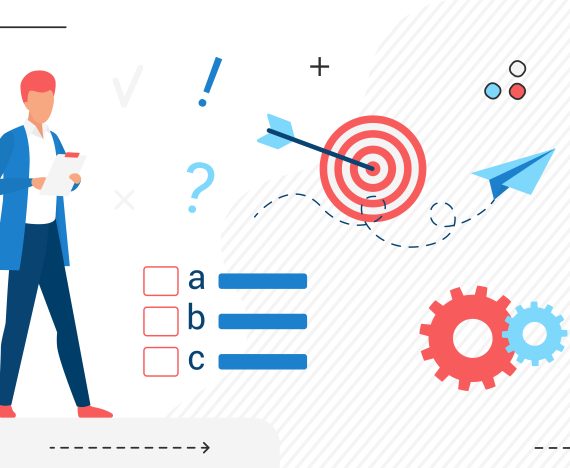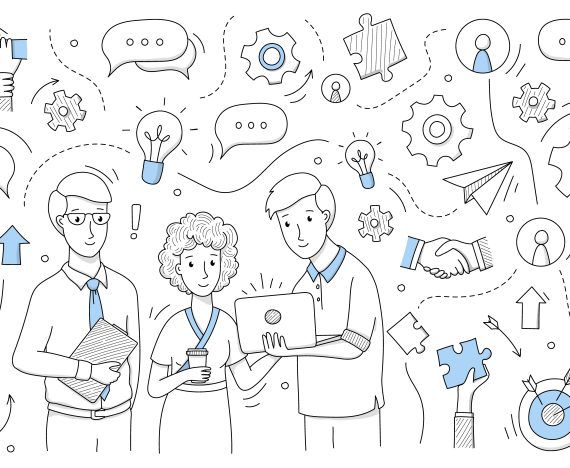
Tips for Discovering Requirements
Clients or stakeholders tend to come directly with a request for a solution. They would explain to you what needs to be done and they would be convinced that this will solve the problem. Here, a business analyst’s role is to understand what is the real problem. As a BA you need to dig deeper as often the problem is not the one described by the client. Your goal is to help the business uncover the real issue and then think of how to solve it.
One of the main responsibilities of a BA is to discover the requirements. I notice that in the practice the verb “gathering” is avoided and replaced with “eliciting” which implies adding meaning. However, I like “discovering” even more as it relates to a creative process , surprise and delving into the unknown.
Everyone thinks they know what the solution should be. BA’s role is to get to the root of the problem, listen actively and think critically and systematically. Discovering requirements goes beyond what is stated, what the data says or everyone’s ideas. It is a continuous and iterative process – you discover, analyse, then discover again.
Listen and seek to understand
Here are three key steps in the discovering requirements process:
- Understand the context. What is the goal and scope of the project?
- Understand the “Why?” Sometimes, to understand it you don’t really need to ask questions starting with “Why” as this could sound a bit aggressive and evoke a defensive reaction from the stakeholders. The best questions to ask start with “What”, “How”, “Who” or “When”.
- Listen. Stop talking and actively listen to what your stakeholders have to say. Stop thinking about what is possible or what you are up to say , just listen to understand the real need.
Analyse
To understand the requirements, analyse:
- The people who use the system
- The rules and scenarios that drive user behaviour and needs
- The process users go through to achieve their goal
- The policies they follow and constrain them
- The data
The mindset of a good BA is to build the right thing for the users. So, you should understand the need correctly. And come on – be creative, have fun in the process and expand stakeholders minds!
Ask questions
Ask questions to encourage dialogue and thinking.
- What is the problem?
- What is the opportunity?
- What are the risks and dependencies?
- Who is the user, what goals do they have when interacting with the product?
- What are the steps they take?
- Who else might be impacted?
Don’t be afraid of the “stupid questions”. They are actually your power to bring clarity. Don’t avoid stating the obvious as you will find out that often what is considered as obvious for one party is not that obvious for another.
Techniques for discovering requirements
Below I am sharing some of the techniques I use the most:
- Interviews to build rapport with stakeholders and get deeper understanding.
- Observation – passively or actively witness how the user performs the tasks and follows processes. As I work in a media company, in my case this could be how editorial are using CMS to create articles.
- Workshops to expand the stakeholders minds, this includes brainstorming sessions as well.
Workshops are ways to achieve deep dialogue, to learn and get creative; to promote divergent thinking and then go to decisions. After great workshops, participants feel inspired.
Strive to have outputs of each meeting or a workshop and share them with the participants:
- List of key action items;
- Photos of models and diagrams created during the session.
Discovering requirements is a continuous and iterative process, essential for the success of the product development.




